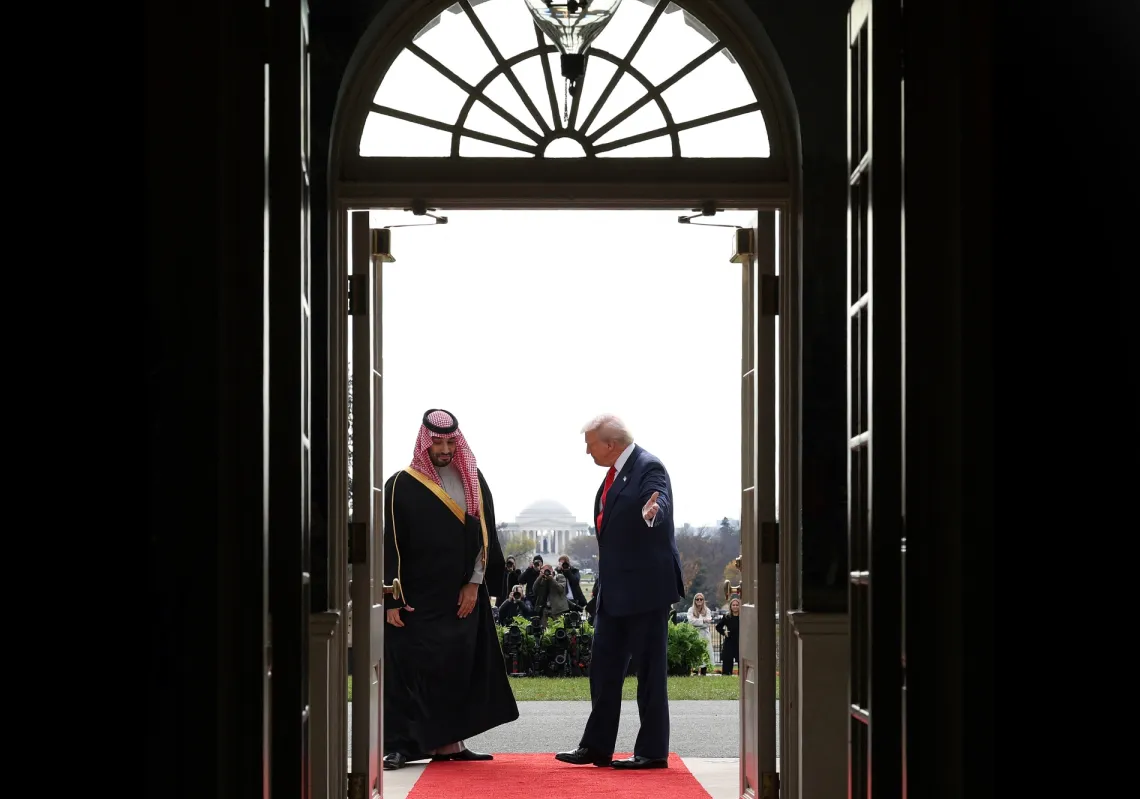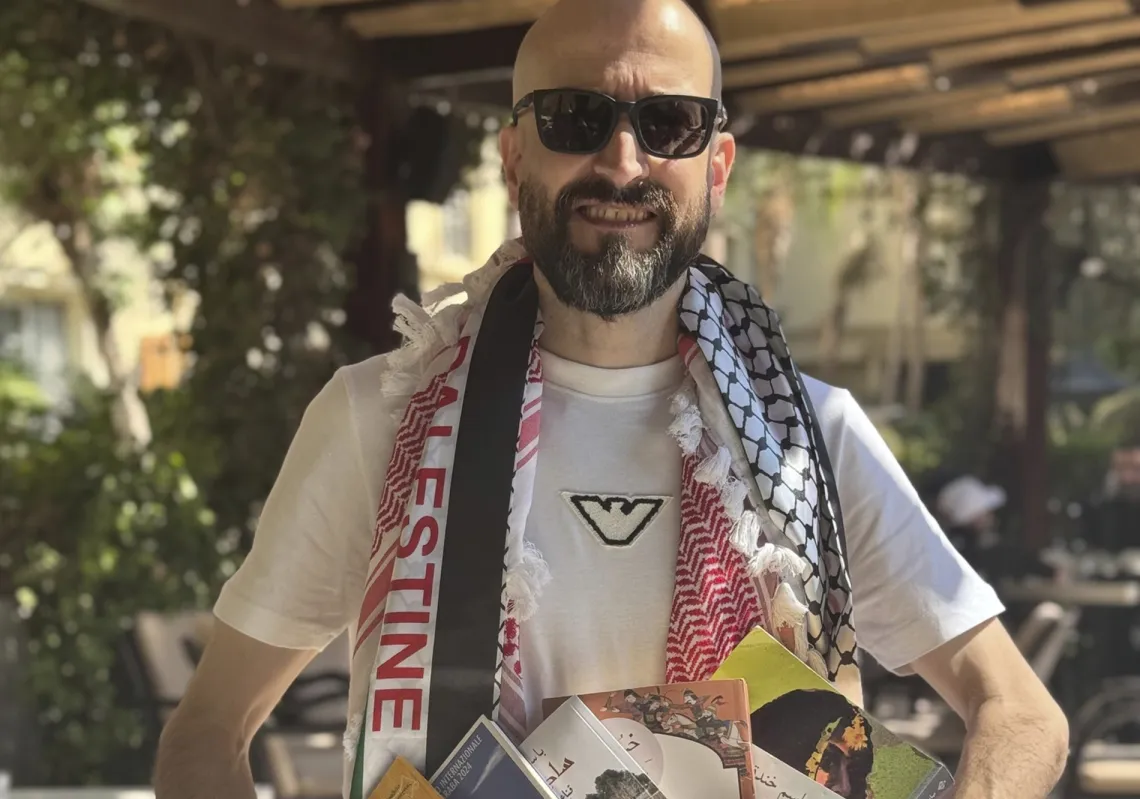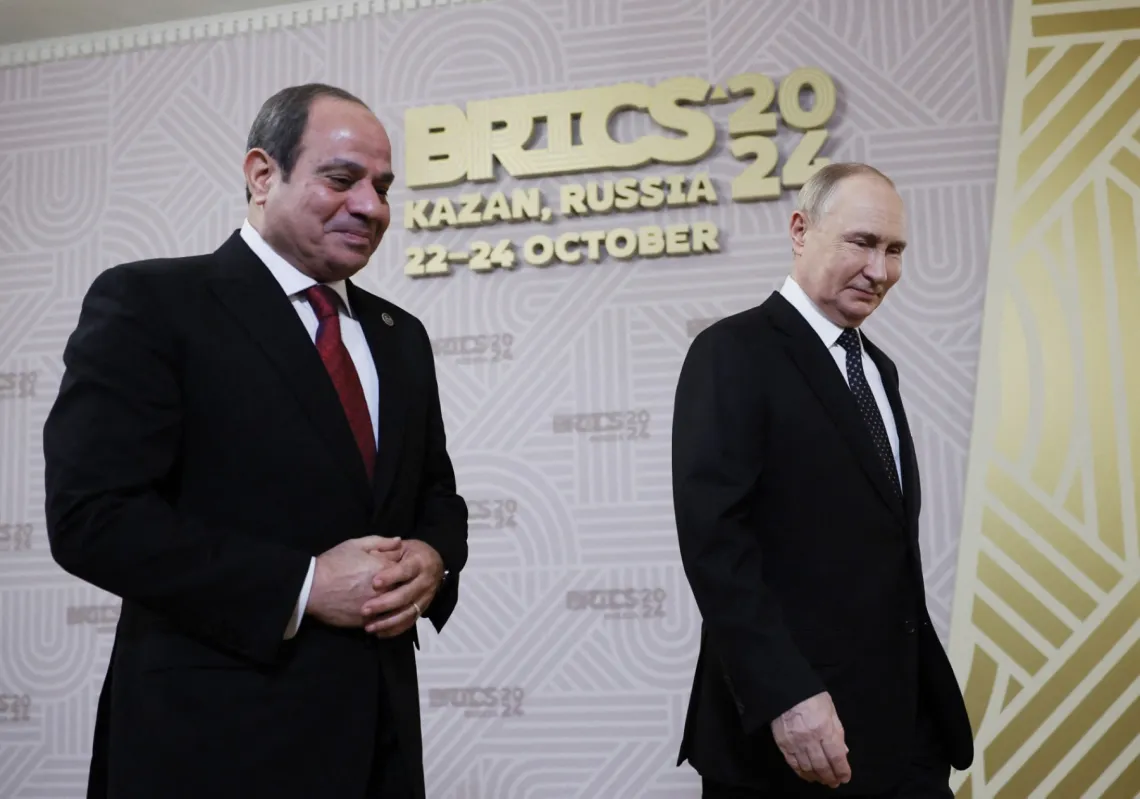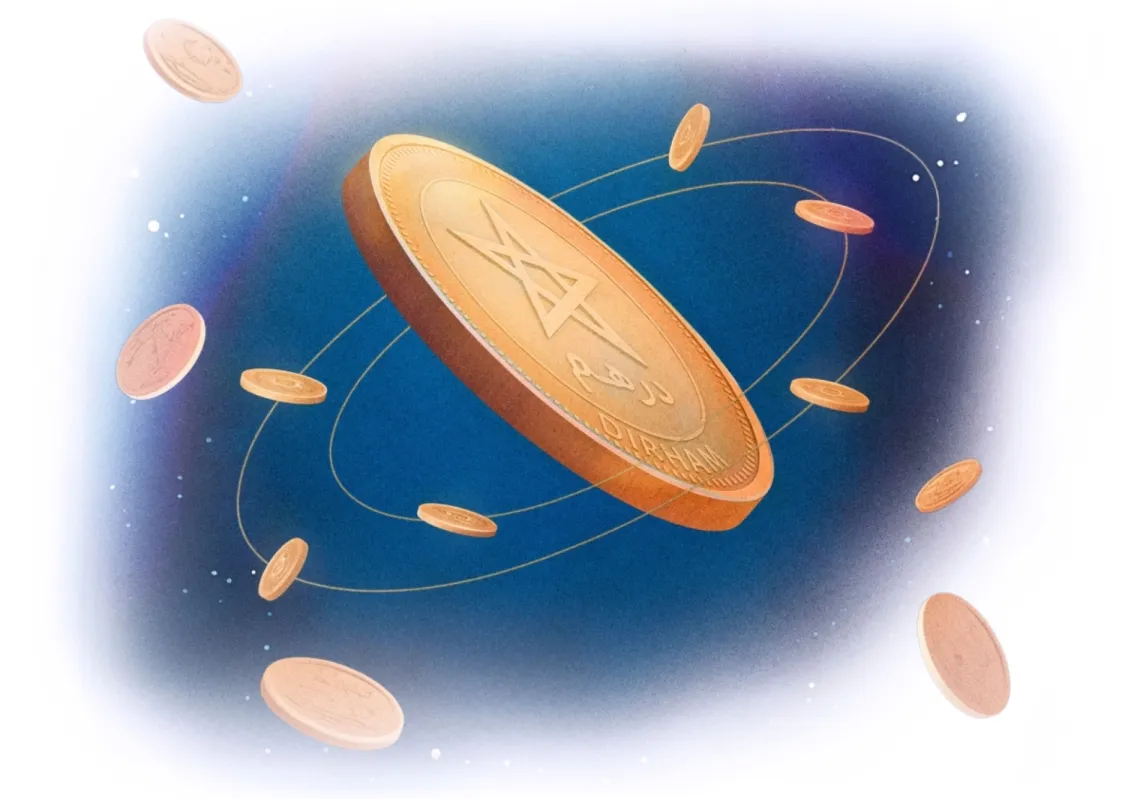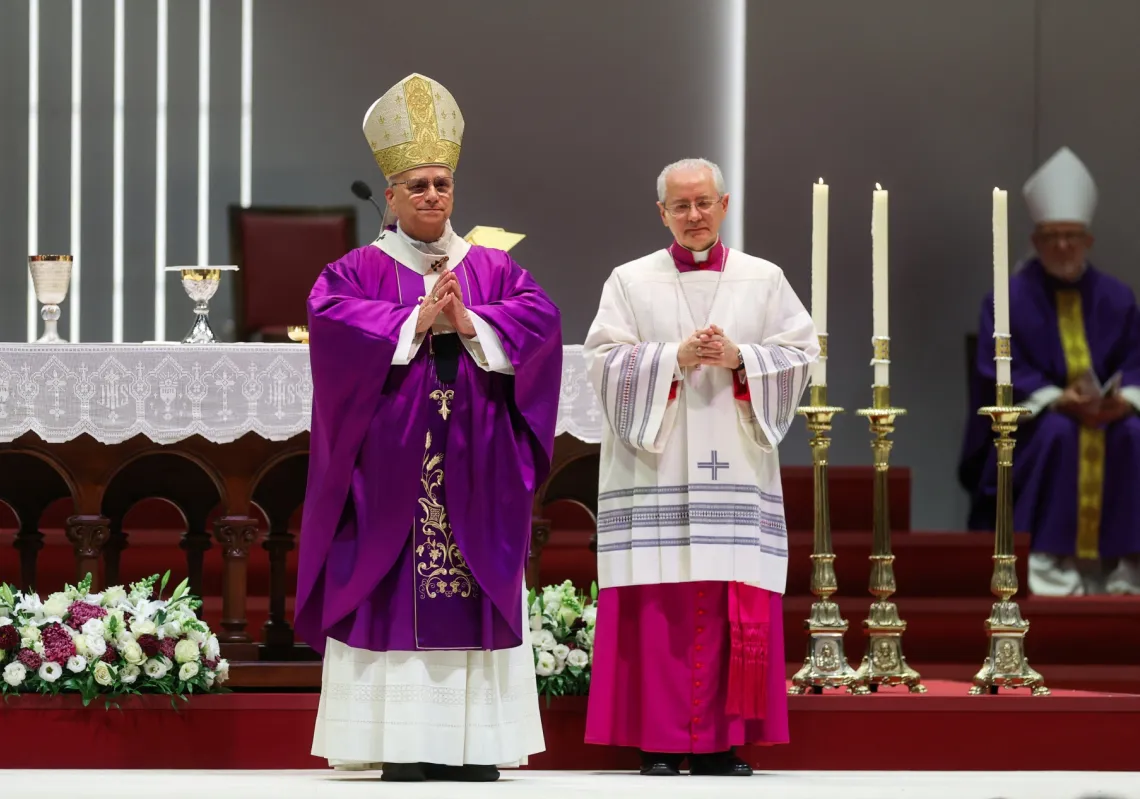As of March 2020, the Syrian regime has reclaimed significant territories from opposition forces, asserting control over the majority of the country. This military success — largely supported by Iran and Russia — bolstered Syrian President Bashar al-Assad's rule, rescuing it from near-toppling by adversaries.
However, the regime fell short of complete territorial control, with around 30-35% of Syria remaining under the authority of other armed groups. In the northwest, Hayat Tahrir al-Sham and the Turkish-backed Syrian National Army hold military and administrative control, while the Kurdish-led Syrian Democratic Forces govern the northeast region.
Yet, the presence of non-state armed groups extends beyond these areas. Numerous militias continue to operate within territories controlled by the Syrian regime.
Some, like the National Defence Forces, align themselves with security and military bodies, while others, such as former rebel forces and local Druze armed groups, operate with a degree of autonomy.
Additionally, various foreign-backed militias — notably supported by Iran, such as Lebanese Hezbollah and Iraqi armed groups — remain active, especially along Syria's borders.
While pro-regime militias have played a crucial role in ensuring the survival of the regime, their presence and actions pose a serious threat to the fundamental functions of the national state: undermining societal cohesion, disrupting law and order, eroding state sovereignty, and violating national borders.

Similarly, the presence of non-regime armed groups and the competing economic and administrative structures they have established in their operational zones have significantly impacted the role and concept of the national state.
The dangers they pose include threatening territorial integrity, enforcing governance fragmentation and social isolation, and breaking apart the national economy.
Pro-regime militias
Allied with regular armed forces, pro-government militias have been pivotal in sustaining al-Assad's government and enforcing security during the conflict.
However, as the regime's grip strengthened in 2016, efforts to reassert control mainly targeted militias seen as liabilities or threats, leaving doubts about the fate of remaining non-state factions.
The regime's strategies occasionally involved rebranding paramilitary groups as auxiliaries to the Syrian Arab Army rather than transforming them into professional entities.
Consequently, irregular armed groups persisted, challenging peace restoration, stabilisation, and state authority.










